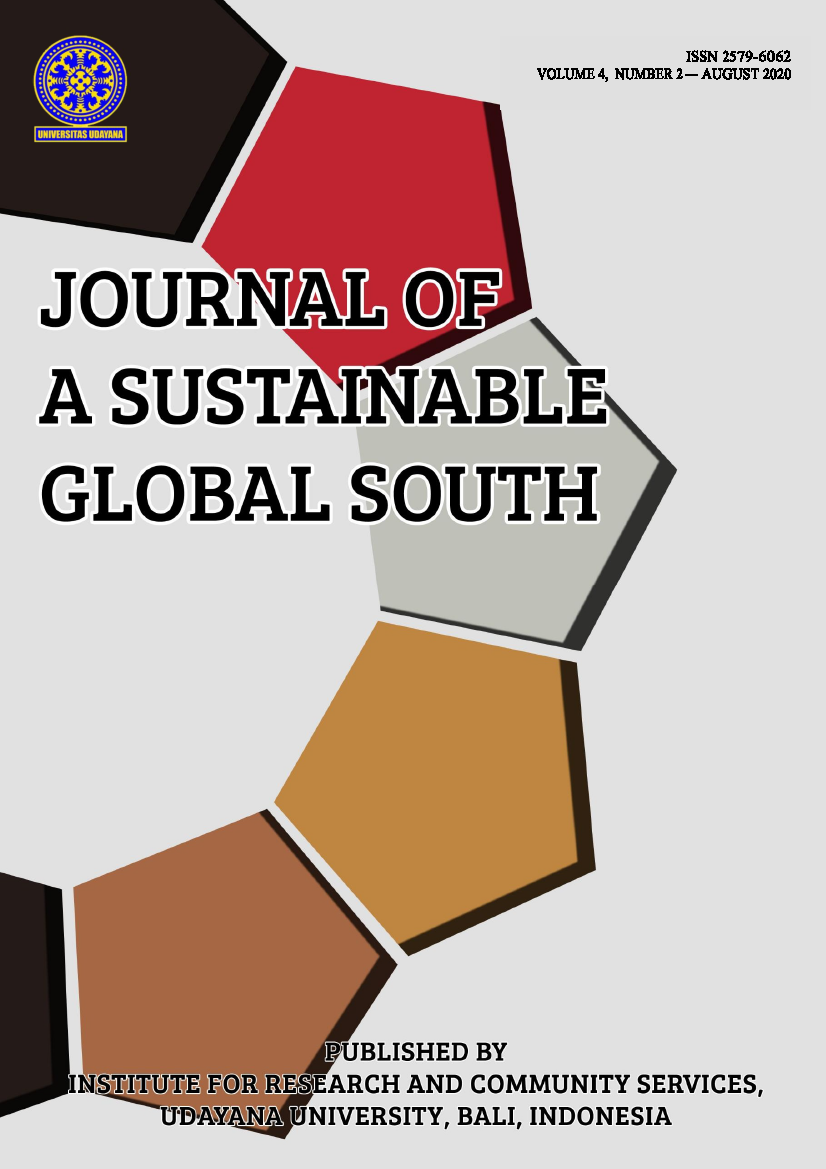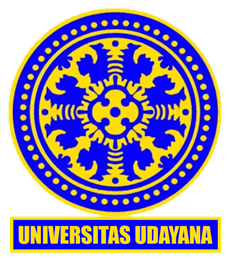Influence of Tourism on Spatial Change in Tulamben-Amed, Karangasem, Bali
August 2020
Abstract
Tourism development in the Tulamben-Amed National Tourism Strategic Area caused some changes in spatial use. Such changes are change of farming (salt and rice fileds) function into tourist accommodation and increasing development of tourism facilities in the coastal boundary area which contradicted to regional spatial plan. This study aims to investigate How and What causes the changes. The method used in this study is a quantitative correlation based on Geographic Information Systems (GIS), combined with statistics of Pearson Test and Pearson Scatter Diagram. The results showed that the change in spatial use increase 4% Per year while the intensity was 33 buildings Per hectare. It is also indicates that the region’s development is on involvement cycle. Factors that causing changes are characteristics of tourist attraction, spatial agglomeration of tourism facilities, higher prices on land used for tourism facilities than those that are not used for it, accessibility comfort levels for tourist, limitation of land physical feasibility, and different natural disaster characteristics between segments. Recommendation of this study are calculating the comparison of the preservation and the economic value of coastal borders, controlling the change of agricultural land functions, structuring integrated spatial plans between tourist attraction and developed alternative locations to reduce spatial agglomeration on the coastal borders area.
Index Terms—tourism, spatial correlation, spatial change, Tulamben-Amed.










(1).png)


